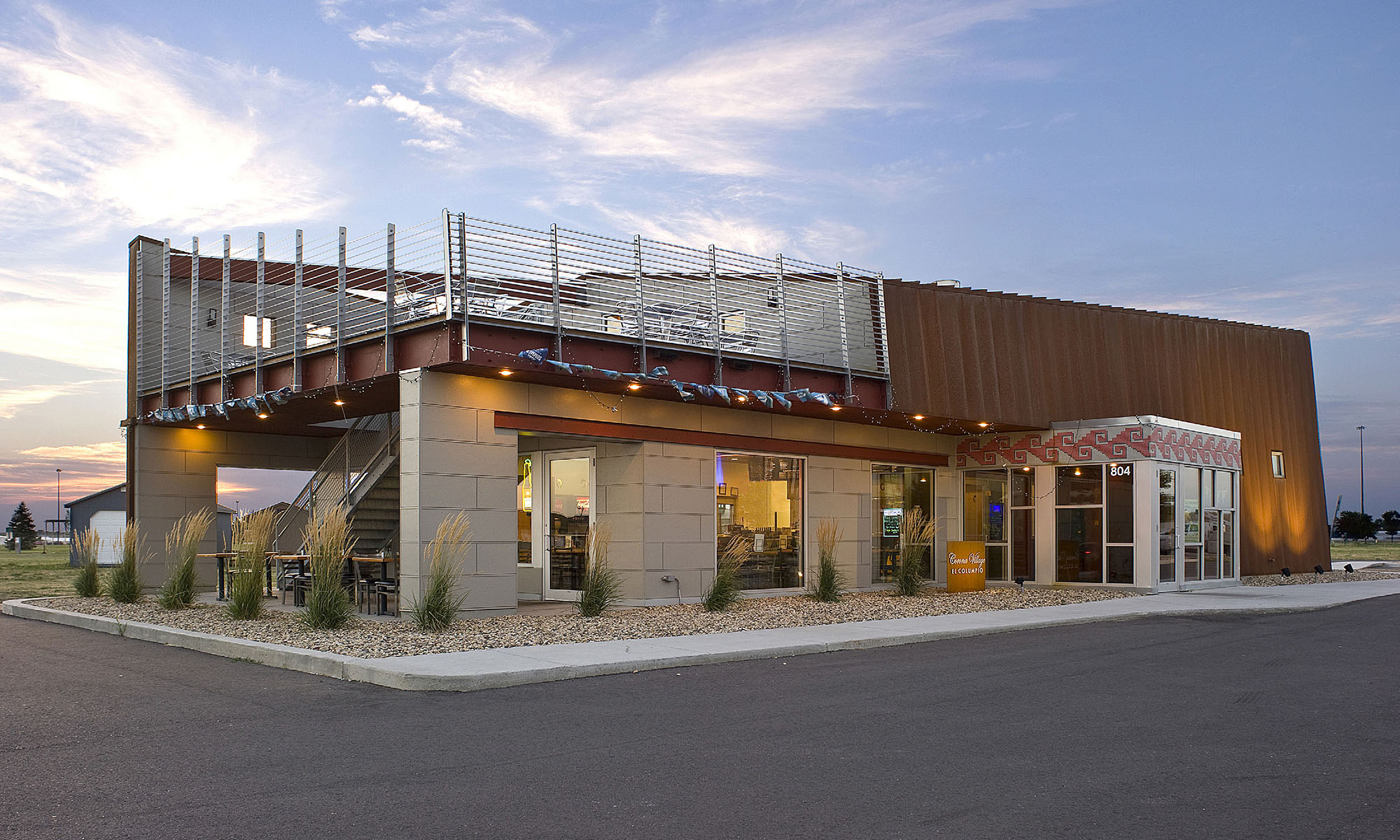Health and well-being is one of my greatest passions in life. After all, you only have one life, and as you use it, you can never get it back. I fully believe design has the ability, and even the responsibility, to serve the health and well-being of those who experience it. There are many small ways that we can consciously design a space to subconsciously alter the behaviors of the inhabitants.
How much less often would you purchase that daily coffee if it was not already on your daily path? Would you be more likely to give those calves a workout by taking the stairs rather than the elevator if they were craft-fully detailed and out in a welcoming space rather than being tucked away in a questionably lit, cold stairwell? Would you bike or walk more often if it was quicker and more comfortable of an experience than sitting in rush hour traffic wondering why the car in front of you has had their turning signal on for the past 3 miles? There is no doubt our habits are shaped by environmental conditions such as proximity, access, availability, convenience, etc. After all, we are creatures of habit, and our habits are effected by how we interact with our surroundings.
It is often difficult to pinpoint the exact moment a habit is formed, but I would be willing to bet that many of our habits (whether good…or bad…) were created during our late teens and early twenties. These are some of the most formative years of our lives because many of us find ourselves making decisions completely on our own for the very first time. The University of California in San Diego realized this, and has taken it upon themselves to help improve the health of their students by designing a “living lab that will reinforce how the built environment impacts human health and well-being.” (Cimino, 2018)
This “living lab” will include housing, public space, and sustainable practices that will nudge the inhabitants into more healthful decisions without their even realizing it. In order to achieve this the designers have incorporated “a centrally located market with an anaerobic digester, significant amounts of bike parking, common kitchen facilities in all residential buildings, and operable windows everywhere for natural ventilation.” (Cimino, 2018) You can find the full article here.
The design team does not plan to simply dust off their hands and walk away once the project is complete. On the contrary. They plan to continue collaborating with the University to track whether or not the principles implemented in the design actually affect the behavior of the students, staff, and faculty.
That is no small task by any means and well beyond what is typically thought of as architectural services. However, if we are to fully understand how to successfully design healthful environments, it is vital that we understand how our design decisions actually impact behavior. Obviously South Dakota has a much different climate than the west coast, so our design characteristics will vary from this particular project. Nevertheless, there are still many lessons we can learn from UC San Diego’s Living Lab project that can be implemented to impact the well-being of our residents right here at home. And that, starts with design.
What can we do to design healthful environments in the Midwest? Please continue the conversation below!

Josh Muckenhirn, AIA is a licensed Architect at ISG in Sioux Falls, SD. He received his M. Arch from NDSU in 2014, ventured further north for 2 years, and has called Sioux Falls home since the summer of 2016. His claim to fame is (at one point) being able to solve a Rubik’s cube in 32 seconds.


My first two years I worked at a small firm downtown where the only access was via a (nicely and craft-fully detailed) stair. Upon starting at TSP (at grade entry), I promptly gained 5 lbs. Design has an impact! I’d love more excuses to walk more everyday.